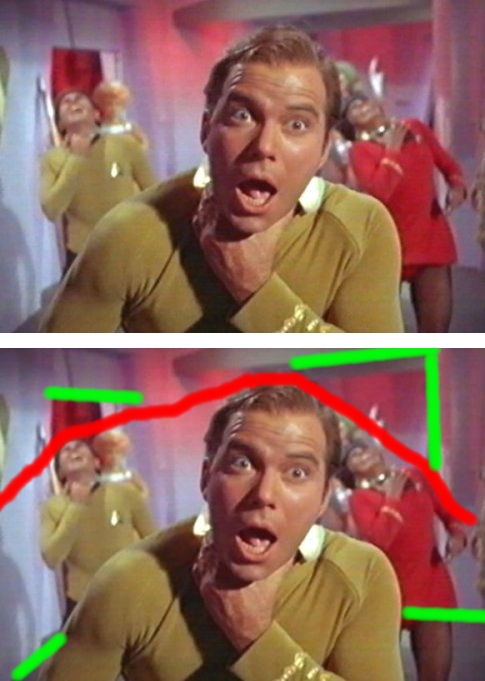Doug Otte said:
I'm sure members of this forum are sick of me, but I don't see any evidence that the original, unaltered ST will be made available in an HD format.
Doug
That
is be the case; it's too costly an effort to do it any other way.
If they
honestly wanted to restore the original episodes in HD
as filmed, it would easily take several years to complete. You'd have to restore the original audio mix (which last showed up on the Laserdiscs, as
abeakerfullofdeath can attest,) clear up the FX work (essentially)
by hand, ensure a clear, vibrant, and consistent picture throughout the series, and probably a few other things I'm not remembering right now.
Compared to the above, adding whiz-bang 2007 effects and a throwing a helter-skelter restoration job (neither of which are the TOS-R staff's fault, mind you) at the over-medicated masses is much easier on CBmount's wallet. As for the "scanned" versions of the episodes that are used as base material for the TOS-R edits, I can safely bet that they are far from "restored" before actual editing work is done on the whole episode. It's simply a matter of deadlines.
To all those who will now accuse me of cussing our the TOS-R Staff, I have two things to say:
1.)
Fuck you. Fuck you, and learn how to read English, starting with Dick and Jane, working up to college level. Obviously, you didn't get it the first time.
2.) They can't actually do much without CBmount giving either their approval or spending resources to give them access to the proper experts (not only technically, but also those who've worked on the series who have no ties to the company, as well as those experts who have devoted much of their own effort to researching the history of the series.)
It really doesn't matter if the staff has "the wrong ideas" about TOS, because they were fucked from the word
go with no budget and no outside help. Doing everything
in house was the obvious sign that CBmount never considered this muhc more than a glorified Direct-To-DVD effort.
The TOS-R team has done an excellent restoration of the picture for the most part but, especially recently, they can't restore
all of the footage because they're too busy doing
everything else. Having a dedicated restoration crew (especially by people who have experience in that line of work) would have make this job easier by a hundred-fold, but it would have cost the executives a one-week delay on their H3.

